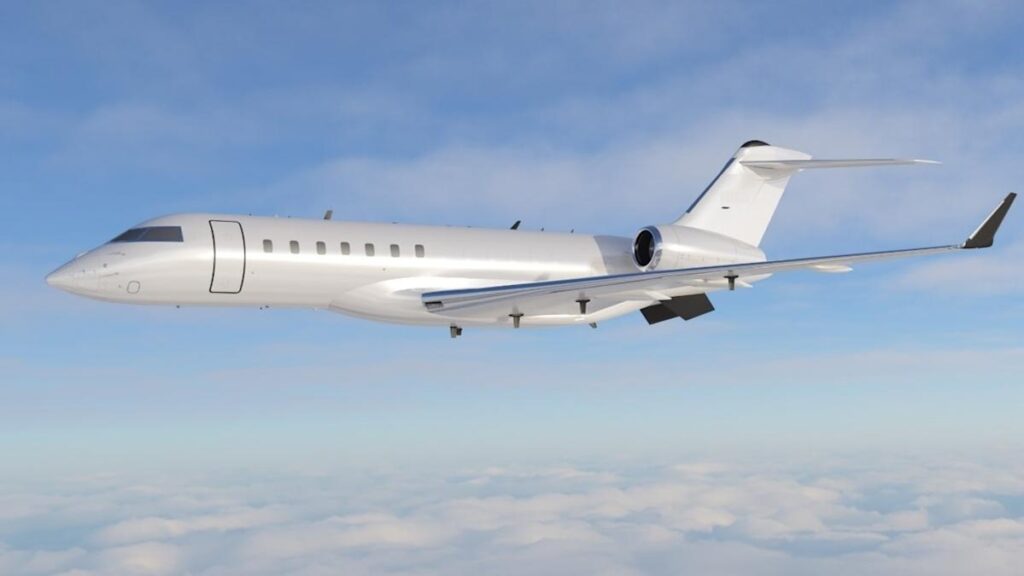NASHVILLE, Tenn. — The U.S. Army is planning to buy half the spy planes it had previously planned to procure, according to an executive order outlining initial plans of an Army secretary-directed transformation initiative.
In the May 7 document obtained by Defense News, the order requests an implementation plan within 30 days on how the Army will adjust to build six High Accuracy Detection and Exploitation System, or HADES, as opposed to buying 12 of such planes.
A year ago, then-director of Army aviation Maj. Gen. Wally Rugen showed a slide during the Army Aviation Association of America’s annual conference in Denver, Colorado, indicating the service planned to field 14 HADES aircraft by 2035.
While the executive order appears to represent a slash to the program, “We never had a defined number in any document about how many HADES we were going to build,” Andrew Evans, Army Intelligence, Surveillance and Reconnaissance Task Force director, told reporters in a Thursday briefing at the AAAA conference in Nashville, Tennessee.
“We will build to the condition of the threat. We will build to the conditions of the budget,” he said. “What the Army is committed to is this mission of deep sensing. How many systems we need in the future will be a decision for the future based on the threat that we think that we’re going to face.”
While the Army is still in the early planning process for the program, any potential decision on the number of aircraft is “not going to change a single thing about the capacity or capability that we’re delivering,” Evans said.
Sierra Nevada Corporation won an Army contract to serve as the lead system integrator for the HADES program in August 2024. The award for HADES integration work covers a 12-year period worth $93.5 million initially and potentially up to $944.3 million.
HADES is the service’s effort to overhaul existing fixed-wing aircraft that perform intelligence, surveillance and reconnaissance, or ISR, missions. The service has retired roughly 70 aircraft — its entire ISR fleet — recently divesting its last legacy aircraft.
And while HADES is expected to rapidly deploy and provide deep-sensing capabilities, the task force is learning the aircraft could provide even more capability than it initially imagined, including the ability to disable enemy space-based capabilities and carry launched effects.
The Army is using a large-cabin business jet, the Bombardier Global 6500, as the airframe for the spy plane. The service awarded Bombardier a contract in December for one aircraft, with an option to buy two more over a three-year period.
Buying more or less aircraft will not cause unit cost to grow or reduce because they are produced by hand by craftsmen at Sierra Nevada, Col. Joe Minor, the Army’s project manager for fixed-wing aircraft, said.
Sierra Nevada already has the first prototype aircraft delivered from Bombardier and is working in the integration piece prior to delivering the platform to the Army in September 2026, followed by a second prototype in mid-2027.
The Army has spent more than six years assessing ISR fixed-wing prototypes using high-speed jets to inform the HADES program. It began with the deployment of the Airborne Reconnaissance and Target Exploitation Multi-mission System, or Artemis, which has flown in the European theater near the Ukrainian border. Leidos built Artemis using a Bombardier Challenger 650 jet.
The service then deployed its Airborne Reconnaissance and Electronic Warfare System, or ARES, to the Pacific region in April 2022. L3Harris built the aircraft using a Bombardier Global Express 6500 jet.
The Army is also building four more prototypes that will inform the requirements for the HADES program. The service chose Sierra Nevada and a MAG Aerospace and L3Harris team to deliver two jets each with spy technologies to advance long-range targeting plans.
MAG and L3’s prototypes use a Global 6500 with ISR sensors for the Army’s radar-focused Athena-R effort, while Sierra Nevada is providing RAPCON-X for the service’s signals intelligence-focused Athena-S project. RAPCON-X is also the basis for HADES.
When the first HADES prototype is ready, the Army will deploy HADES for a limited period of time and then start building more aircraft as the early prototype remains deployed.
Tim Owings, executive vice president for Sierra Nevada’s Mission Solutions and Technologies business area, likened it to “sudden-death playoffs.”
“We have to deliver prototype one. We deliver prototype one, and it delivers the value that we think this platform is going to provide. We think it becomes a no-brainer decision to add more quantities down the line,” Owings said.
“This is like a newlywed couple arguing whether they wanted to have a fourth child when they haven’t had a first child, or a second child or a third child yet,” he said. “Those are decisions that are down the road. They’re reserved for our senior leaders, and we’re working closely with industry partners to be able to manage that, but to freak out about what’s going to happen in the future, it’s probably a little bit unnecessary.”
Read the full article here


